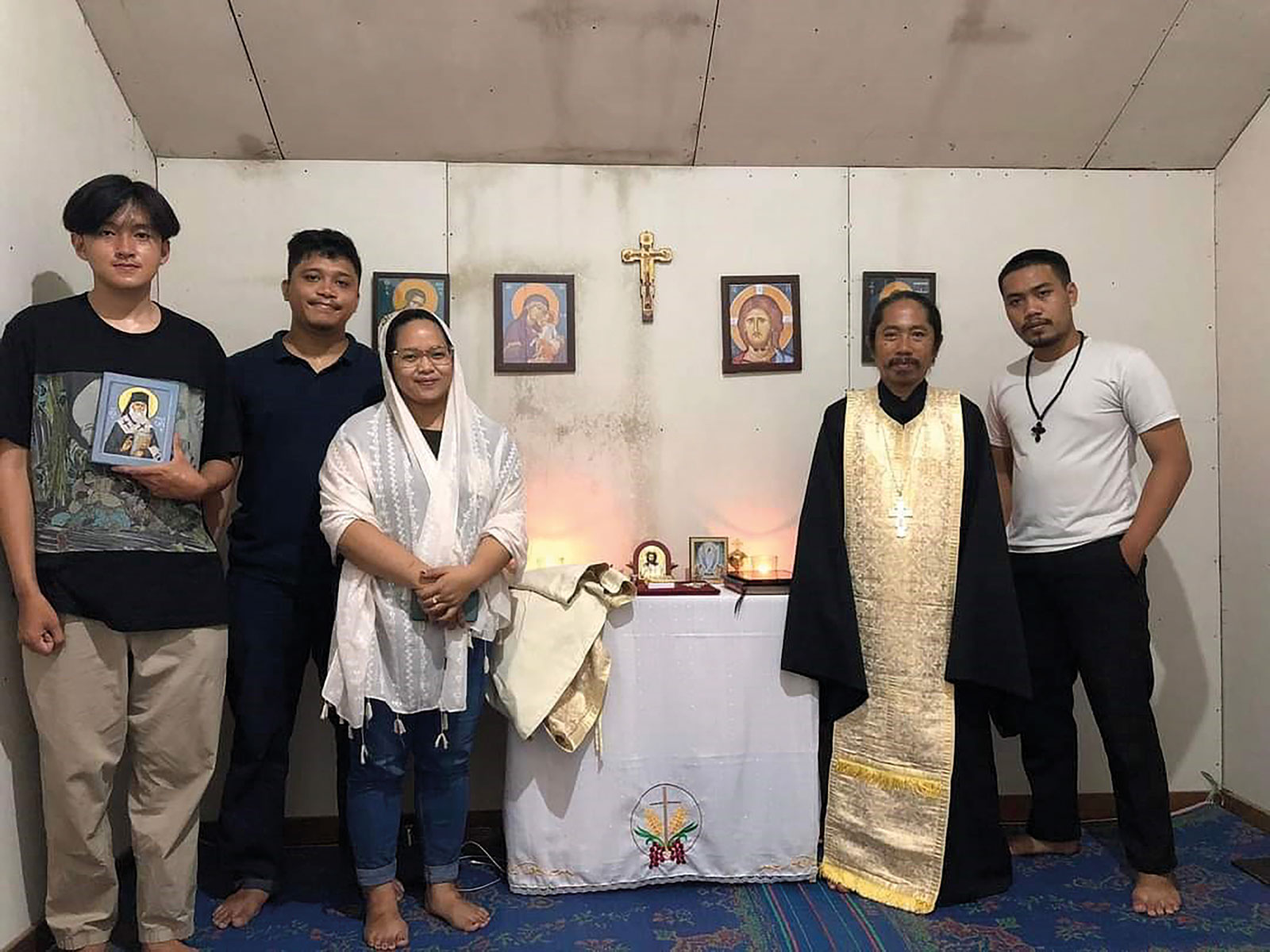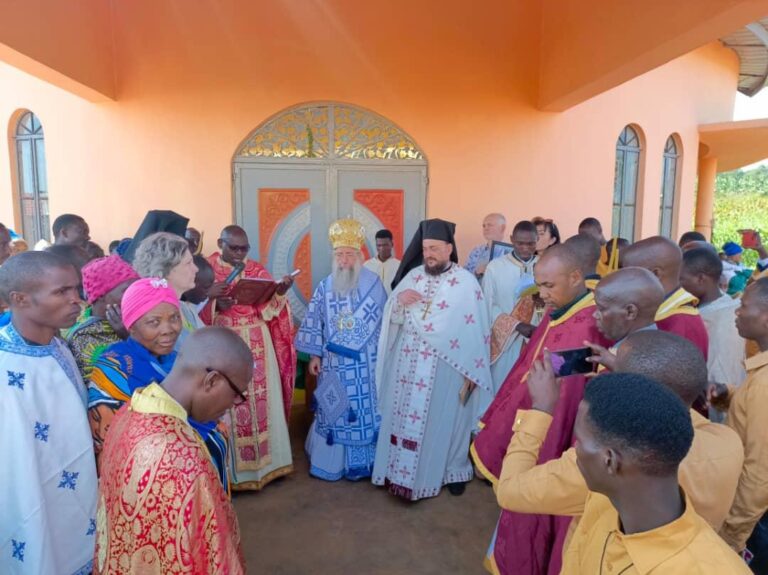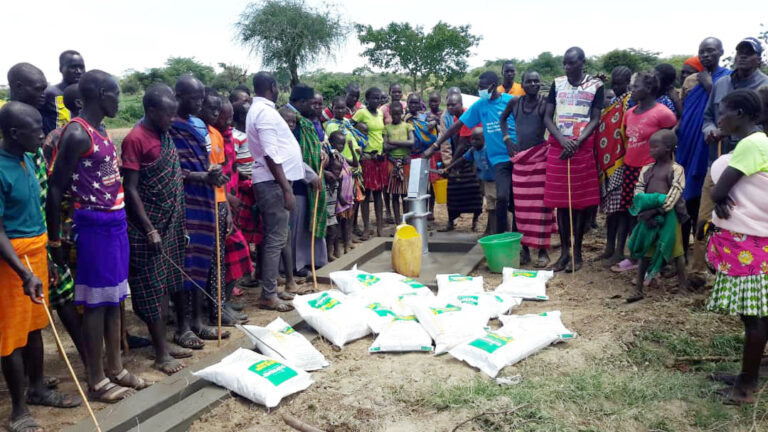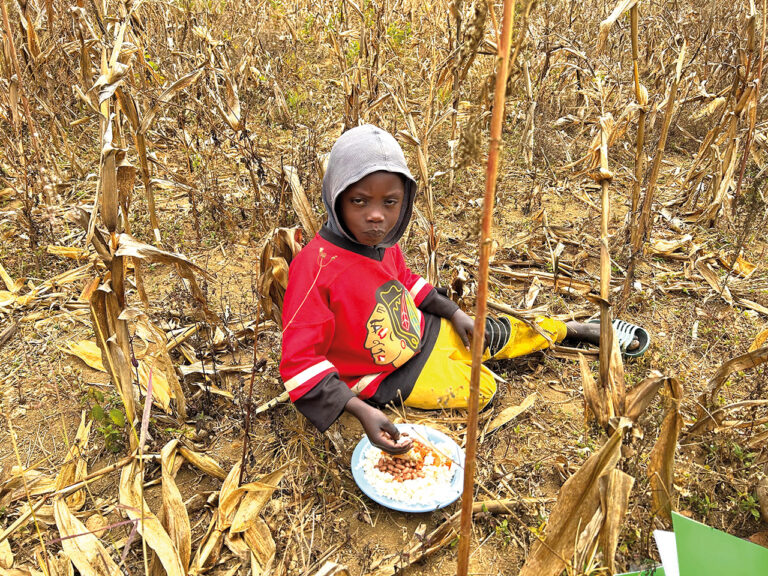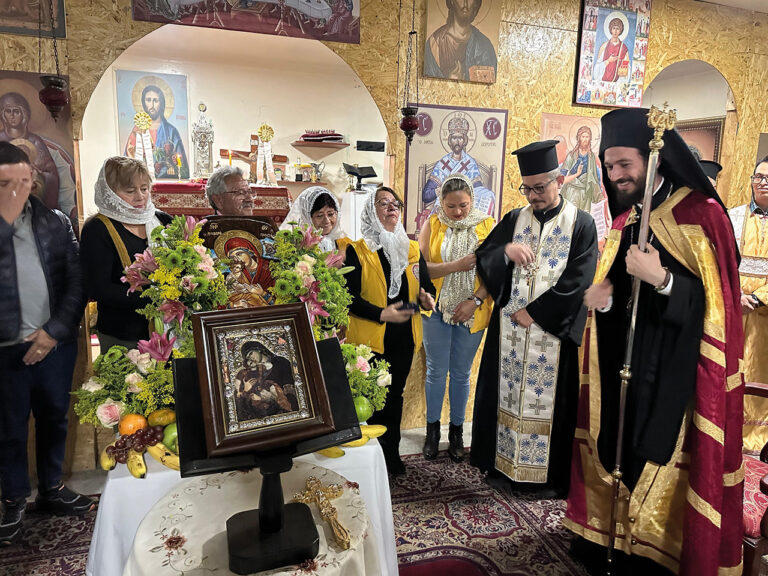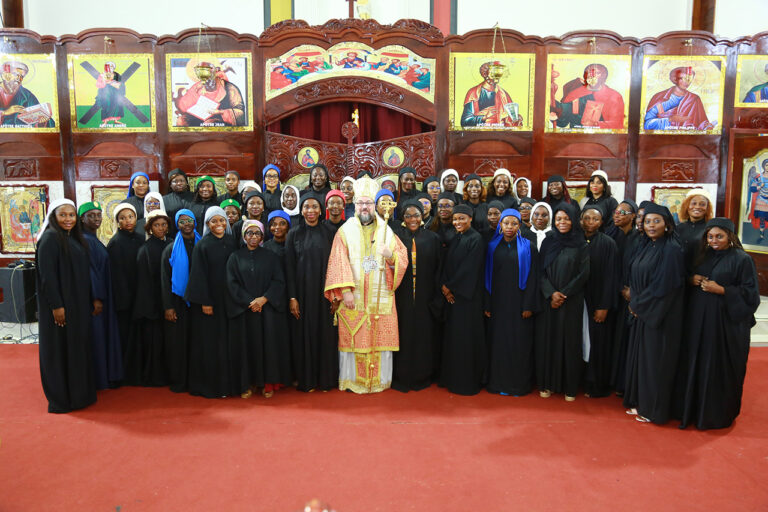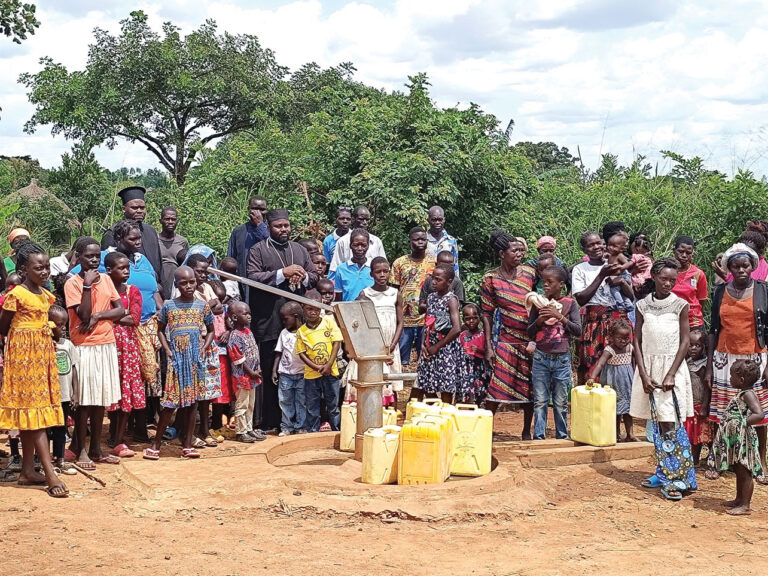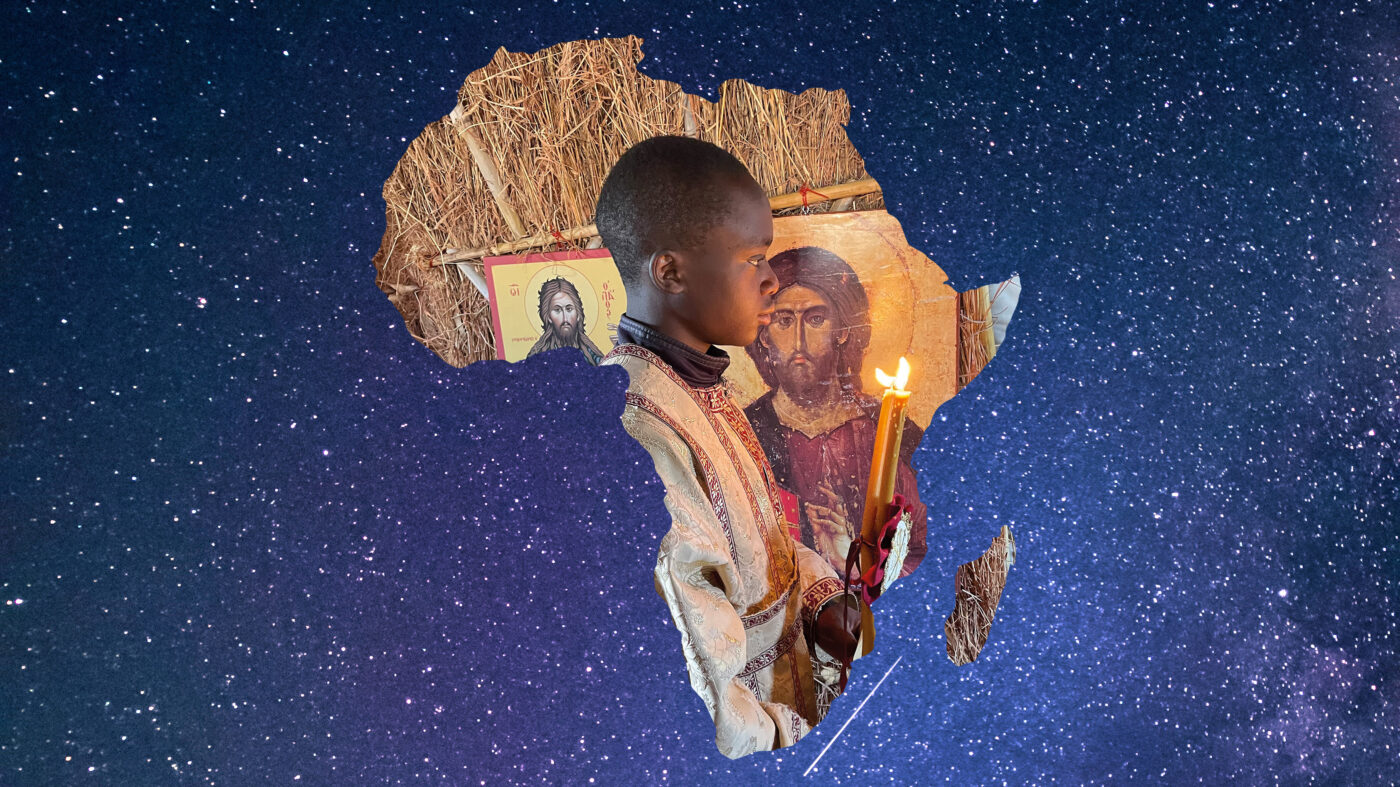The Mission of the Orthodox Church in Borneo island
By Fr. Prochoros Manuk Allo
Borneo or Kalimantan is the third largest island in the world located in Southeast Asia. Politically, the island is divided by three country, namely Indonesia, Malaysia, and Brunei Darussalam, where Indonesia occupies 73% of the total area of this island. The Indonesian part of Borneo consists of five provinces, namely West Borneo, East Borneo, South Kalimantan, Central Borneo, and North Borneo. The name Borneo is derived from the name of the Brunei Empire which once ruled this island in the 15th century. Meanwhile, the name Kalimantan itself comes from the Sanskrit word “Kalamanthana” which means “hot burning weather”. Borneo has a very vast rainforest and is dubbed as the “lungs of the world”. The new capital of Indonesia will be build into this island, which planned to be started in 2024.
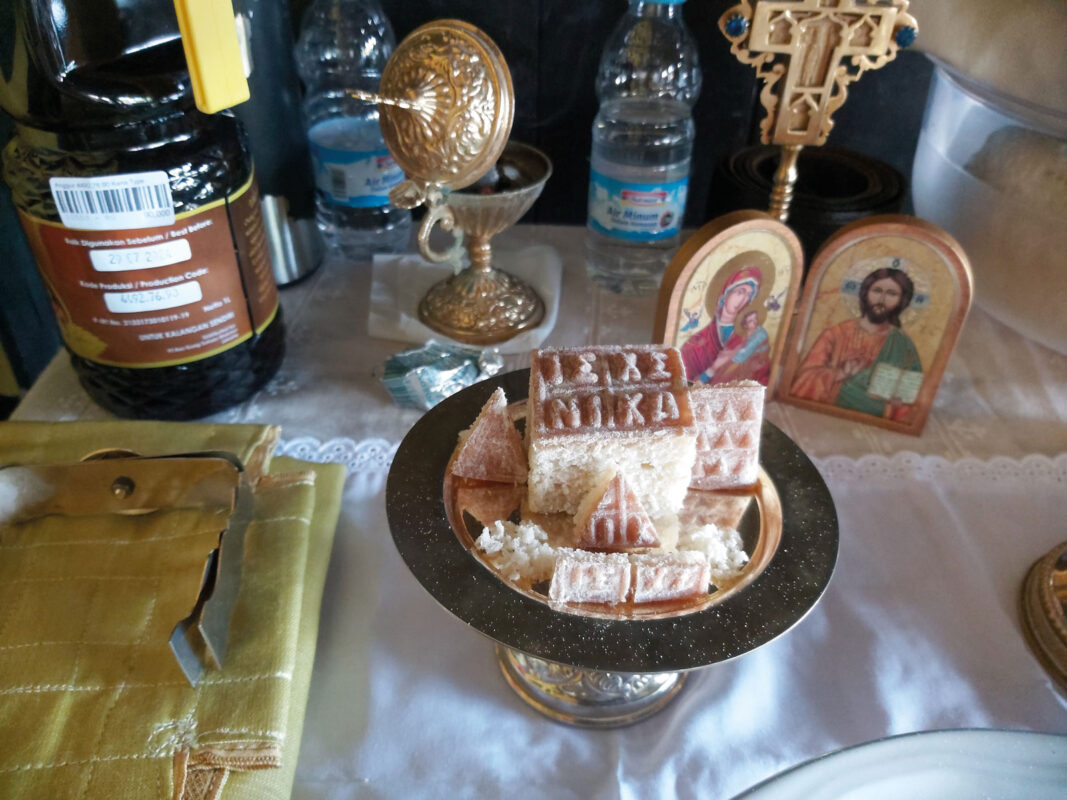
One of the largest provinces in Borneo is West Borneo. As the name suggests, this province is located in the western part of Borneo Island. This province is the third largest province in Indonesia with an area of approximately 147,307 km2, 13 times larger than Central Macedonia and even larger than Greece. West Borneo Province is very famous for its natural wealth such as tropical rainforests, large rivers, and various types of flora and fauna. In addition, this province is also known as the “province of a thousand rivers”, in line with its geographical conditions that have hundreds of large and small rivers as the lifeline and main transportation routes for the inland areas. The longest river in Indonesia, the Kapuas River, which is 1,086 kilometers long, is even located in this province.
West Borneo province is divided into 12 regencies and cities, with Pontianak as its economic and administrative center. Pontianak is also crossed by equatorial line, making it a city located right in the middle of the world. As the largest city in the western part of Borneo, Pontianak is a melting pot of various ethnic groups. We can find indigenous tribes of Borneo such as the Dayak Iban and Dayak Kanayan, Malay people and also other ethnic groups such as Javanese, Madurese, Hakka, Tiochiu, Batak, Bugis, and even descendants of Yemenite Arabs.
According to the Population and Civil Registry Office records in 2020, West Borneo had a population of around 5.4 million people. 59% (approximately 3 million people) of the population are Muslim, 22% (1 million people) are Roman Catholic, 11% (around 600,000 people) adhere to various forms of Protestantism, while the remaining 15% are Hindus, Buddhist, adherents of Confucianism and various other belief systems.
ORTHODOX MISSION OF THE ECUMENICAL PATRIARCHATE OF CONSTANTINOPLE IN BORNEO
It’s a fact that this 3rd largest island in the world does not have a single Orthodox Church. Nonetheless, the presence of the Orthodox Church in Indonesia since the 1980s through the mission of the Ecumenical Patriarchate has a direct influence on the future presence of Orthodoxy on this island. Over time, there were some Orthodox who moved to this island from Java due to economic and family reasons. Apart from that, the conversion of local residents who found the true faith through the internet and encounters with Orthodox parishes on the island of Java also gave urgency to the start of the ministry of the Orthodox Church on this gigantic island. The Orthodox mission in Kalimantan actually began in 2017. This initiative was started by a parish in Yogyakarta, Ag. Dionysios of Zakynthos.
With the blessing of Metropolitan Konstantinos, Archbishop of the Metropolitanate of Singapore and South Asia, the faithful of the Ag. Dionysios parish saved little by little to support the annual pastoral visit by the parish priest, Fr. Lazarus Bambang Sucanto, to care for the Orthodox faithful in West Borneo.
On every occasion, Fr. Lazarus will first visit Pontianak. This facilitates his meeting with Christian youth in the city of Pontianak, so that some of them become interested in learning about Orthodoxy. Communication between Father Lazarus and these youth continues resulted in the formation of the Agios Basilius Agung Orthodix Community in 2021, which consists of Orthodox members and some sympathizers, and continues until today.
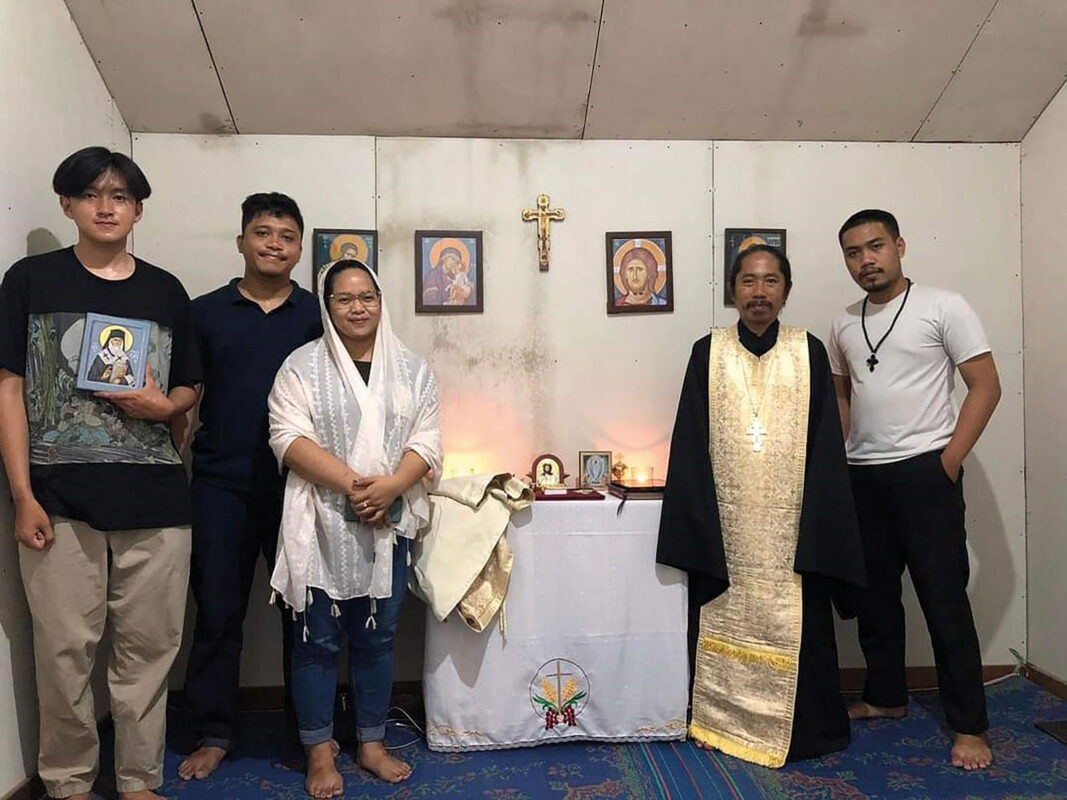
From Pontianak, Fr. Lazarus then travels to the surrounding areas, mainly to the Orthodox living in a transmigration area called Terentang, where one Orthodox family resides since 2010s. A 3-hour journey from the city of Pontianak by motorcycle was primarily made to celebrate the long-awaited Divine Liturgy in Terentang.
Through local contacts, at least two villages located in the interior of Kalimantan have opened up to Orthodox mission. One is in West Borneo Province (Pondok Bayan Village) and one is in Central Borneo (Tanjung Batik Village). Both villages are located in the middle of dense rainforests. The inhabitants of these villages are Dayak ethnic people.
Indeed, serving the Orthodox communities in remote areas of Borneo is not an easy task. Rm. Lazarus has to endure a long and tiring journey, especially for a priest who is around 60 years old. The journey from Yogyakarta to Pontianak must be taken by air. From Pontianak, the journey must continue by land, covering approximately 500 km, with a travel time of around 18-20 hours. Maintaining the continuity of the mission in the interior is not an easy task.
The challenges not only come from the lack of manpower and financial capability, but also from other parties who are not friendly and want to take advantages from the Orthodox mission. In Pondok Bayan, for example, the challenge from some Roman Catholics hindered the continuation of the mission. Meanwhile, in Tanjung Batik, the Coptic Church entered the area by by equating themselves with Orthodoxy to the local Orthodox Community. This tactic succeeded. The Coptic mission cleverly took over the land donated by a believer in Tanjung Batik to the Orthodox Church. When Fr. Lazarus visited the village in 2019, a building had been built and became Coptic centre even with electricity and satelite communication facility.
The Covid-19 pandemic has hindered mission trips for the past 2 years (2021, 2022). Not only that, the Guillain-Barré-Strohl syndrome attacked Father Lazarus, causing him to be completely paralyzed. But God showed His power. The GBS syndrome, which usually causes total paralysis for 6 months to 2 years, was successfully overcome so that Father Lazarus could walk again within 3.5 months.
With the blessing of Metropolitan Konstantinos, the annual mission trip resumed in 2023 through collaboration between the Ag. Dionysios Parish in Yogyakarta and the Agia Epiphania Parish in Kalimalang, Jakarta. In February 2023, Father Lazarus, although not fully recovered from Guillain-Barré syndrome, resumed his journey in West Bornro with Father Prochoros from Agia Epiphania. Fr Prochoros even visited several city by himself to acquitance himself with Borneo. He took land route from West Borneo up until the area of the future capital of Indonesia in East Borneo. The journey took around 2,5 days by bus.
(To be continued)

